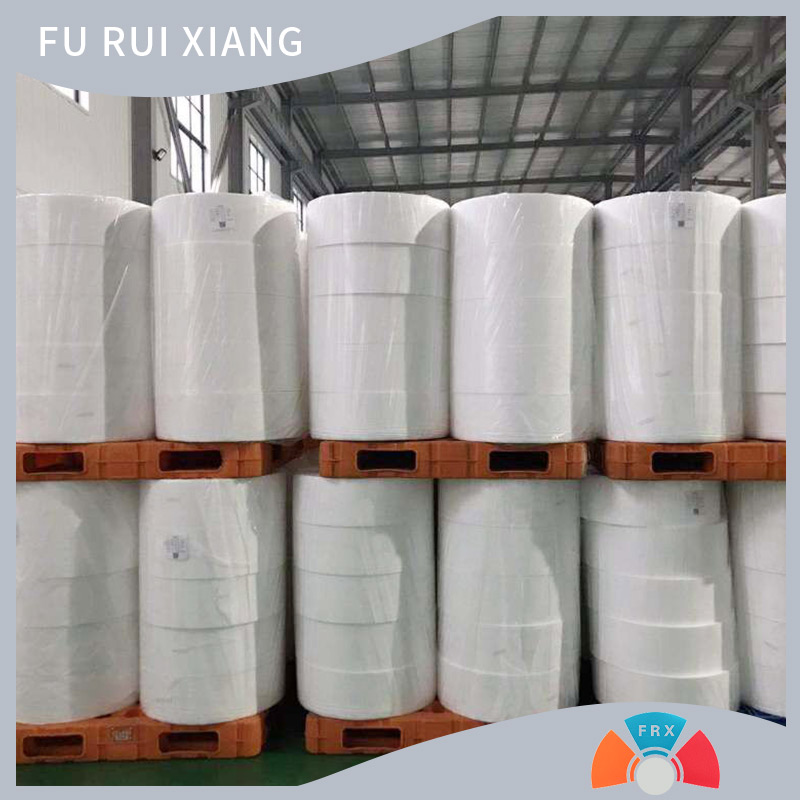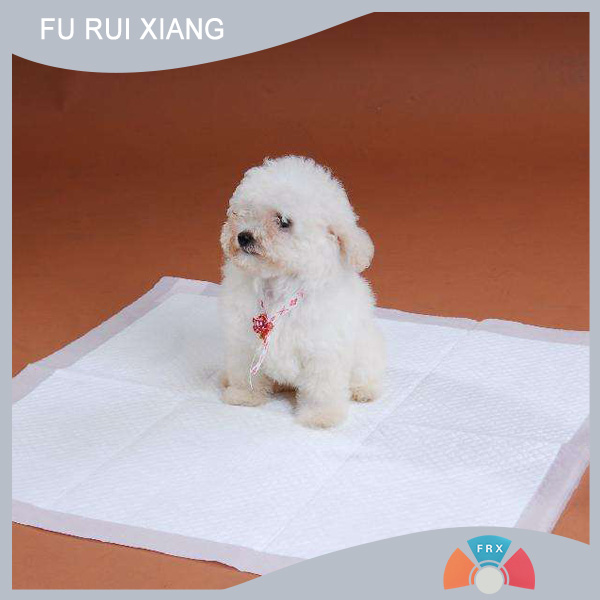A detailed introduction to spunbonded non-wovens!
Definition and principle
Definition: spunbonded non-wovens fabric is a non-woven fabric made by spinning and thermal bonding processes, made of continuous filaments of synthetic polymers, which are extruded, stretched and deposited into random, interconnected mesh structures, and then bonded together by mechanical, chemical or thermal bonding methods to form a non-woven fabric with certain strength and performance.
Principle: Based on polymer melting, cooling and curing processes. The polymer is melted at high temperatures and extruded through the spinneret into filaments, which are cooled and solidified by high-speed air currents to form fibers. Between the fibers through the hot roller heating, so that the fiber surface melting, mutual adhesion, thus forming non-woven fabric.
Production technology
Polymer melt extrusion: Select the appropriate polymer raw materials, such as polypropylene, polyester, etc., add them to the extruder to heat and melt, and then extrude them into fine filaments through the spinneret. The diameter and distribution of fibers are affected by the aperture size and shape of spinneret.
Drafting: By adjusting the drafting multiple, the fineness and strength of the fiber can be controlled. The larger the drafting ratio, the finer the fiber and the higher the strength. The commonly used drafting methods are mechanical drafting and airflow drafting, which can obtain finer fibers, but the energy consumption is higher.
Net laying: the fiber is laid on the net laying roller into a network structure, and the way of laying the net will affect the thickness and uniformity of the non-woven fabric.
Hot roll consolidation: The temperature of the hot roll should be higher than the melting point of the polymer, but not too high to avoid damage to the fiber. At the same time, the pressure of the hot roller should be appropriate to ensure that the fiber is fully contacted and adhered to.
Post-treatment: including embossing, coating, composite and other processes, through embossing rollers to form various patterns on the surface of non-woven fabrics; Coating the surface of non-woven fabrics with various functional coatings, such as waterproof, flame retardant, antibacterial, etc. The non-woven fabric is combined with other materials to improve the performance of the product.
Performance characteristics
Physical properties: with high strength and tensile strength, light texture, soft feel, good drape, good dimensional stability, not easy to deformation.
Chemical properties: acid, alkali and other chemicals have good tolerance, insoluble in general solvents at room temperature, and has good anti-aging properties and anti-ultraviolet properties.
Other properties: good permeability, allowing air and water vapor to pass freely; Has a certain water resistance, can prevent water penetration; Non-toxic and non-irritating, friendly to human body and environment.
Application field
Medical and health fields: used in the production of surgical gowns, masks, protective clothing, isolation clothing, bed sheets, pillowcases, medical gauze, bandages, etc., and also used in sanitary napkins, diapers, adult incontinence products and other personal hygiene products.
Agricultural field: can be used as mulching film, with heat preservation, moisture, insect prevention and other functions; It can also be used for seedling bags, sunshade nets, harvest cloth, etc., which can play the role of heat preservation, moisturizing, frost prevention, frost prevention, light transmission, air regulation, etc., and can also be used for soil and water conservation, soilless cultivation, artificial vegetation and so on.
Home and home textile field: used for wallpaper backing, carpet padding, sofa lining, mattress spring bag, furniture lining, disposable sheets, pillowcases, house pipe packaging materials, roof and tile bedding, soundproof ceiling, etc., can also make wardrobes, storage boxes, tablecloths, dust cover and other household items.
Packaging field: Often used to make shopping bags, suit sets, gift bags, tea bags, rice flour bags, flower packaging, etc., with good flexibility and moisture resistance, can protect goods and provide certain decorative.
Industrial field: can be used as filter material for air filter, liquid filter, etc. It can also be used for coating cloth, polishing material, wiping cloth, aseptic clothing, grinding products, cable wrapping cloth, battery separator, plastic strengthening cloth, etc.
Automotive interior: Used in automotive carpet, roof, door decoration, wall protection materials, door and window seals, various filter materials, composite materials, seat materials, etc.
- Furniture non-woven fabric has a variety of characteristics and uses!
- Breakthroughs in the research and development of new materials in the textile industry!
- Opportunities and challenges coexist in the textile industry in 2025!
- A detailed introduction to spunbonded non-wovens!
- Spunbonded non-woven fabric: convenient and efficient new materials!
- The textile industry accelerates the "intelligent" change!
- Spunbonded nonwovens: Characteristics, applications and advantages!
- Global textile industry market size!
- Explore spunbond nonwovens: magical materials from production to multiple applications!
- Non-woven fabric: the new favorite of handmade lovers!










